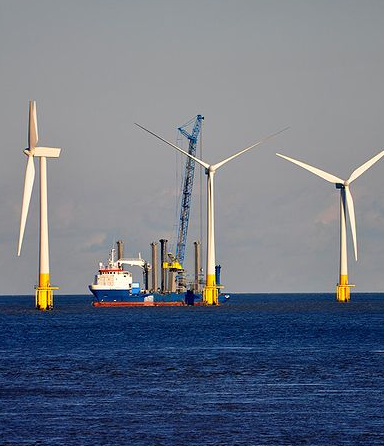World’s largest floating wind farm approved
The Scottish government has approved Statoil’s plans to build the world’s largest floating wind farm off the eastern coast of Scotland.

The Scottish government has approved Statoil’s plans to build the world’s largest floating wind farm off the eastern coast of Scotland.
The farm, known as Hywind Scotland, will consist of five floating 6 megawatt turbines, and will power up to 20,000 homes.
Unlike at conventional wind farms, turbines will be attached to the seabed by a three-point mooring spread and anchoring system.
The turbines will be connected by an inter-array of cables and an export cable will transport electricity from the pilot park to shore at Peterhead.
Statoil’s executive vice president for new energy solutions, Irene Rummelhoff, said: “Floating wind represents a new, significant and increasingly competitive renewable energy source. Statoil’s objective with developing this pilot park is to demonstrate a commercial, utility-scale floating wind solution, to further increase the global market potential.
“We are proud to develop this unique project in Scotland, in a region that has optimal wind conditions, a strong supply chain within oil and gas and supportive public policies.”
The Carbon Trust has suggest floating wind farms could reduce generating costs for offshore developments to below £100 megawatts per hour, with larger concepts such as Hywind producing even lower costs of £85-95 megawatts per hour.
Currently the global average levelised cost of electricity for offshore projects is £112 megawatts per hour.
Deputy first minister for the Scottish parliament, John Swinney, said: “Hywind is a hugely exciting project – in terms of electricity generation and technology innovation – and it’s a real testament to our energy sector expertise and skilled workforce that Statoil chose Scotland for the world’s largest floating wind farm.
“The momentum is building around the potential for floating offshore wind technology to unlock deeper water sites. The ability to leverage existing infrastructure and supply chain capabilities from the offshore oil and gas industry create the ideal conditions to position Scotland as a world leader in floating wind technology.”
Last month the Energy Technologies Institute (ETI) released a report indicating that floating offshore wind could be a credible, cost-effective form of low-carbon energy for the UK by the mid-2020’s.

